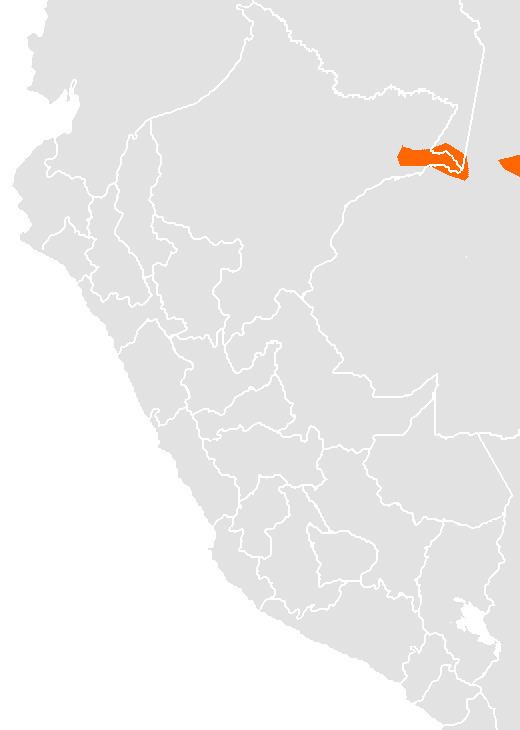Native speakers 47,000 (1998–2008) ISO 639-3 tca | Ethnicity Ticuna people Language family Tïcuna–YuriTïcuna | |
 | ||
Ticuna, or Tikuna, is a language spoken by approximately 40,000 people in Brazil, Peru, and Colombia. It is the native language of the Ticuna people. Ticuna is generally classified as a language isolate, but may be related to the extinct Yuri language. (See Tïcuna-Yuri.) It is a tonal language, and therefore the meaning of words with the same phonemes can vary greatly simply by changing the tone used to pronounce them.
Contents
Tïcuna is also known as Magta, Maguta, Tucuna/Tukuna, and Tukna.
Brazil
Despite being home to more than 50% of the Ticunas, Brazil has only recently started to invest in native language education. Brazilian Ticunas now have a written literature and an education provided by the Brazilian National Foundation for the Indian (FUNAI) and the Ministry of Education. Textbooks in Ticuna are used by native teachers trained in both Portuguese and Ticuna to teach the language to the children. A large scale project has been recording traditional narrations and writing them down to provide the literate Ticunas with some literature to practice with.
Ticuna education is not a privilege, but part of a wider project carried on by the Brazilian government to provide all significant minorities with education in their own language.
In 2012, the Brazilian government launched an educational campaign for the prevention of AIDS and violence against women, the first such campaign in Brazil ever conducted in an indigenous language.
Peru
Ticunas in Peru have had native language education at least since the 1960s. They use a writing system that was, apparently, the base for the development of the Brazilian one. However, much of the literature available to Peruvian Ticunas comprise standard textbooks.
Colombia
Colombian Ticunas are taught in Spanish, when they have access to school at all. Since the establishment of Ticuna schools in Brazil some have ventured to attend them.
Literacy
Besides its use at the Ticuna schools, the language has a dozen books published every year, both in Brazil and Peru. Those books employ a specially devised phonetic writing system using conventions similar to those found in Portuguese (except for K instead of C and the letter Ñ instead of NH) instead of the more complex scientific notation found, for instance, at the Language Museum.
Linguistic structure
Ticuna is a fairly isolating language morphologically, meaning that most words consist of just one morpheme. However, Ticuna words usually have more than one syllable, unlike other isolating languages, such as Vietnamese.
Ticuna is a tonal language, with five tones corresponding to five levels of voice pitch, one of the few languages in the world to have so many level distinctions (Cantonese, for example, only has 3 levels, although it also has rising and falling tones, while Ticuna does not). Because a speaker's base pitch varies substantially with the individual it is the relative interval between the tones in a given phrase that truly distinguishes them, rather than their absolute pitch (as would be the case in music). Tones are indicated orthographically with diacritics, when indicated at all.
Typologically, Ticuna word order is subject–verb–object (SVO).
